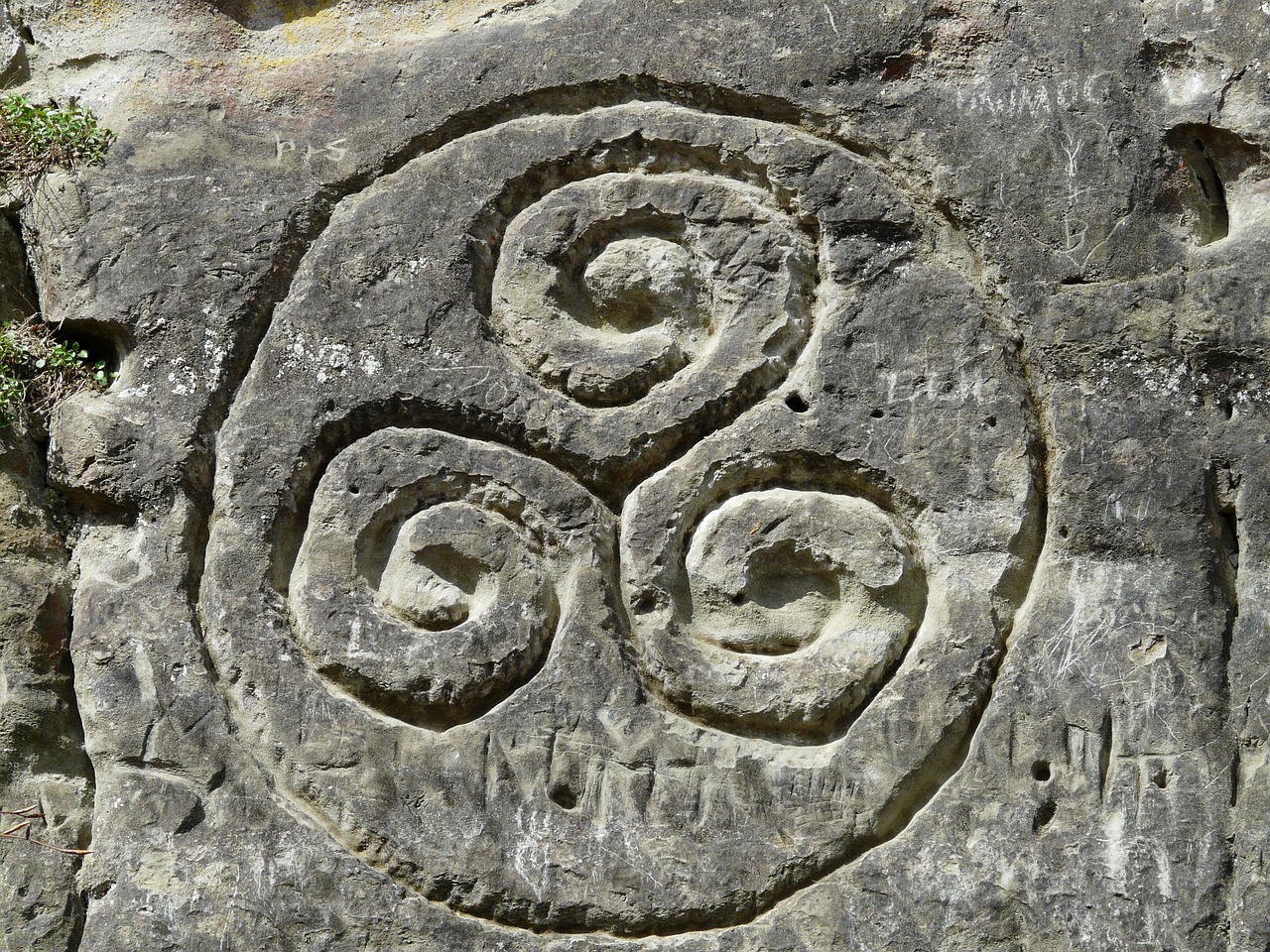Hnoss, the Norse Goddess of Beauty and Wealth
Hnoss (pronounced “hnoss” or “hnoss-uh”), occasionally spelled as Hnos or Noss, is a prominent figure within Norse mythology, symbolizing beauty, treasure, and preciousness. She is the offspring of the Vanir goddess Freyja and the enigmatic god Óðr, alongside her sister Gersemi.
The origin of the name “Hnoss” traces back to the Old Norse term “hnossir,” which translates to “jewels” or “treasures.” The 13th-century Icelandic historian Snorri Sturluson elucidates in the Prose Edda that Hnoss’s beauty is so remarkable that any exquisite or valuable object is often referred to as “hnossir” in her honor. Furthermore, the word “gersimi,” meaning “jewel” or “treasure,” is sometimes interchangeable with “hnoss” in Old Norse literature.
In Old Norse runes, “Hnoss” is represented as:
ᚼᚾᚢᛋᛋ
Hnoss, being the daughter of Freyja—one of the most celebrated goddesses in Norse mythology—and her consort Óðr, whose nature remains a mystery, also has a sister named Gersemi, closely linked with themes of beauty and wealth. Despite her lack of prominent mythological narratives, Hnoss is acknowledged in Snorri Sturluson’s works, including Nafnaþulur and the Prose Edda, where she is celebrated for her divine beauty and value.
Her key role within Norse mythology is to personify beauty and treasures. Given her lineage from Freyja, who embodies love, fertility, and war, Hnoss’s beauty intertwines with these themes. It is likely that she was invoked in love charms or revered as a symbol of fertility and abundance.
In Old Norse poetry, Hnoss’s name appears in kennings—a stylistic device that employs indirect references. Poets might substitute “Hnoss’s mother” to denote Freyja or “Freyja’s daughter” to signify Hnoss herself. Such expressions are often used to highlight precious objects or treasures, reflecting Hnoss’s association with beauty and worth.
The intricacies of Hnoss’s character and her place in Norse mythology are complex and often open to interpretation. The oral traditions and written texts surrounding Norse myths have undergone various transformations over time, leading to diverse understandings and tales. Thus, the information presented serves as a general guide rather than an exhaustive account.



